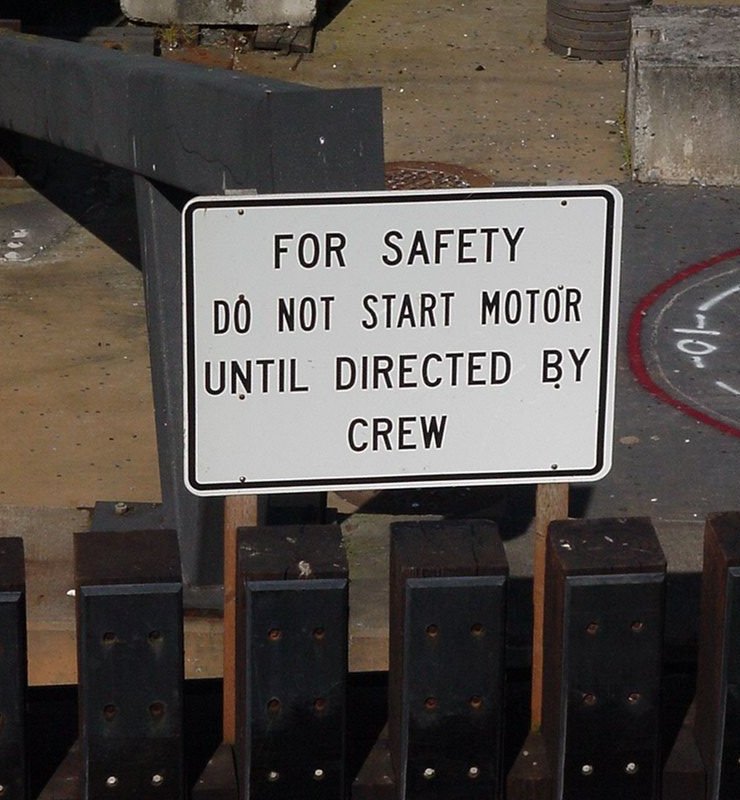 When implementing Salesforce, here are just a few of the things you’ll need to plan: setting up your org, introducing your company to the platform, providing training for your end users and initiating your team’s adoption. And each of those activities can seem overwhelming in itself.
When implementing Salesforce, here are just a few of the things you’ll need to plan: setting up your org, introducing your company to the platform, providing training for your end users and initiating your team’s adoption. And each of those activities can seem overwhelming in itself.
Tame implementation-induced anxiety by remembering that you only need to get your Salesforce org to a good starting point; it will, and must, continuously evolve after its launch. Then just consider these quotes (all from the Salesforce experts featured in our “Getting Started with Salesforce” eBook) as you work on getting the platform ready to go:
1. “Often, the first thing that people do is start focusing on the technology. However, in my experience, the most successful companies recognize that they should first focus on the business process. The solution becomes much more powerful when the technology aligns with the business objectives.” – John Durocher, EVP, salesforce.com‘s Customers for Life
2. “The number one adoption issue is: ‘I don’t know the system.’ It’s like giving your keys to a 10 year old.” – Micaiah Filkins, President & Co-founder, Force by Design
If you want more quotes, or additional advice on implementing Salesforce in general, check out the eBook: “Getting Started with Salesforce: What NOT to Do.” Here’s to a successful implementation.



